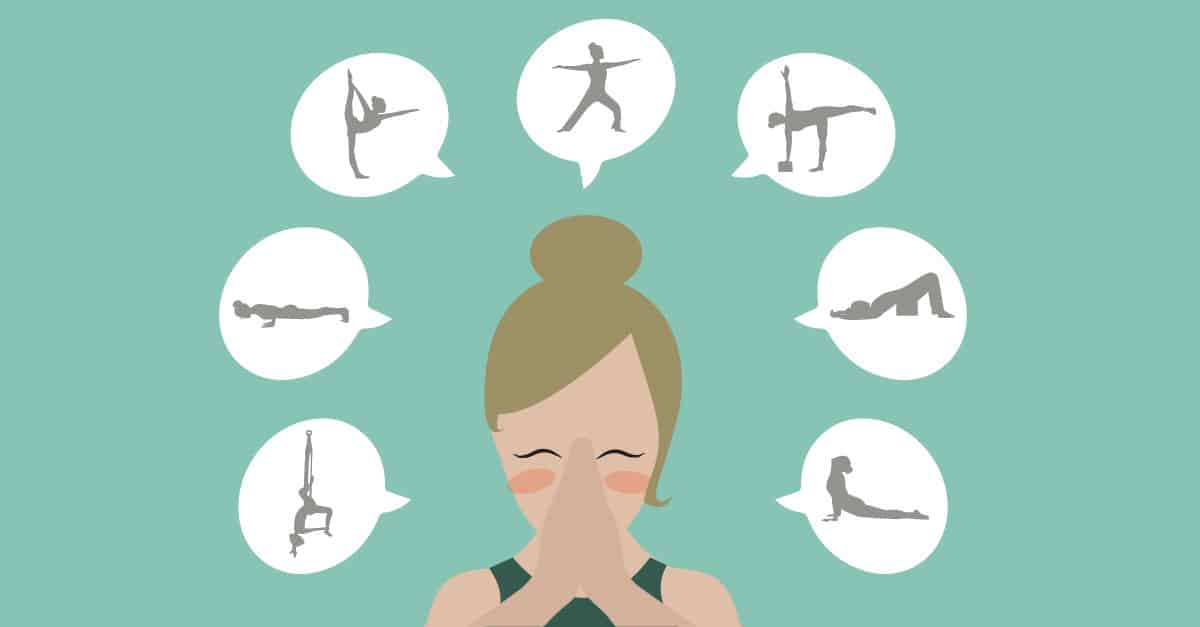An Introduction To Popular Yoga Styles
From Aerial to Vinyasa, learn about the seven most popular styles of yoga.
Challenge yourself with these different yoga styles by following the color coded labels to see which would fit your skill level – Beginner, Intermediate or Advanced.
The beauty of yoga is no matter what style you choose, you are participating in a physical and spiritual journey to strengthen your mind and body.
Now pick one to start with and get ready to say ‘Namaste‘.

